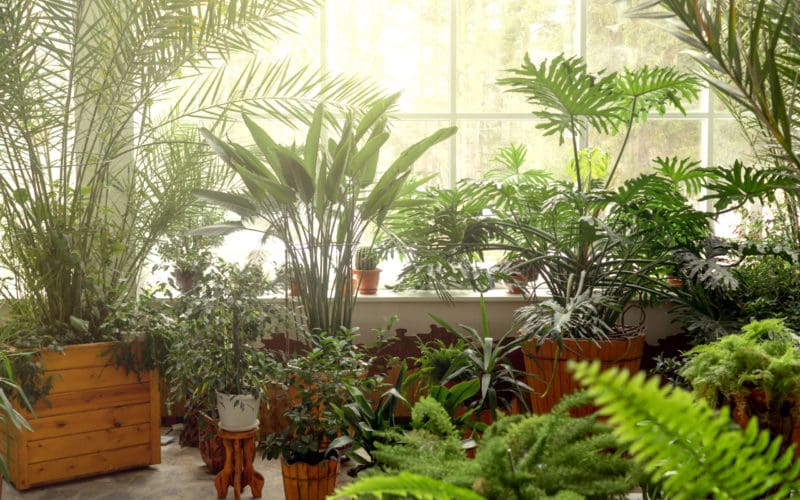Until relatively recent in human history, humans had constant interactions with their natural surroundings. Biophilia, is the idea that humans have an affinity towards other living organisms and the natural world. This emerging field addresses humans psychological need to be around other life and life-like processes. The term “Biophilia” was first popularized by American biologist Edward O Wilson in the 1980’s, when he observed how the increasing rates of urbanization were leading to a disconnection between humans and the natural world.(1)
What is Biophilia?
What is Biophilic Design?
With high rates of migration to urban centers, and 90% of our time being spent indoors, where the air is 5x more polluted, Biophilia is becoming more important to our health and well-being in the built environment. Biophilic Design uses key ideas from Biophilia to nurture the innate human-nature connection through human centric design. Biophilic Design principles have the ability to improve many of the spaces that we live and work in today, with numerous benefits to our health and well-being.
What are the benefits of Biophilic Design?
Biophilic design elements help improve our spaces with healthier and more sustainable and local design options. The World Health Organization (WHO) expects poor mental health and stress related illness to be one of the largest contributors to disease by 2020(3). Research has shown that even small human interaction with nature throughout the day can to reduce stress, blood pressure levels and heart rates, whilst increasing productivity, creativity and self-reported rates of well-being(4). In addition greenery has also been proven boost our immune response to a range of diseases, including diabetes, obesity, cancer, as well as others(5). Biophilic elements further better indoor spaces by limiting VOCs from recirculating. Numerous studies have shown that an increase in Biophilic Design principals in different urban spaces can have amazing benefits to:
- Offices by improving productivity by 8%, rates of well-being by 13%, and increasing creativity with reduced absenteeism.
- Hospitality spaces due to guests willing to pay up to 23% more for rooms with nature views or biophilic elements.
- Education spaces by increasing rates of learning by 20-25%, improving test results, concentration levels, attendance, and reducing the impacts of ADHD.
- Healthcare spaces by decreasing post-operative recovery times by 8.5% and reducing the need for pain medication by 22%.
- Retail spaces by customers indication the were willing to pay 8-12% more for goods and services.
- Homes by making them more calming and restorative, with 7-8% less crime attributed to areas with access to nature and an increase in property value by 4-5%(6).
1-https://www.researchgate.net/publication/303961317_EO_Wilson%27s_concept_of_biophilia_and_the_environmental_movement_in_the_USA
2-https://www.youtube.com/watch?v=ygHU0mQGuJU
3-https://www.who.int/mental_health/advocacy/en/Call_for_Action_MoH_Intro.pdf
4- https://www.ncbi.nlm.nih.gov/pmc/articles/PMC4419447/
5- https://www.sciencedaily.com/releases/2015/09/150916162120.htm/
6- https://www.oliverheath.com/biophilic-design-connecting-nature-improve-health-well/



